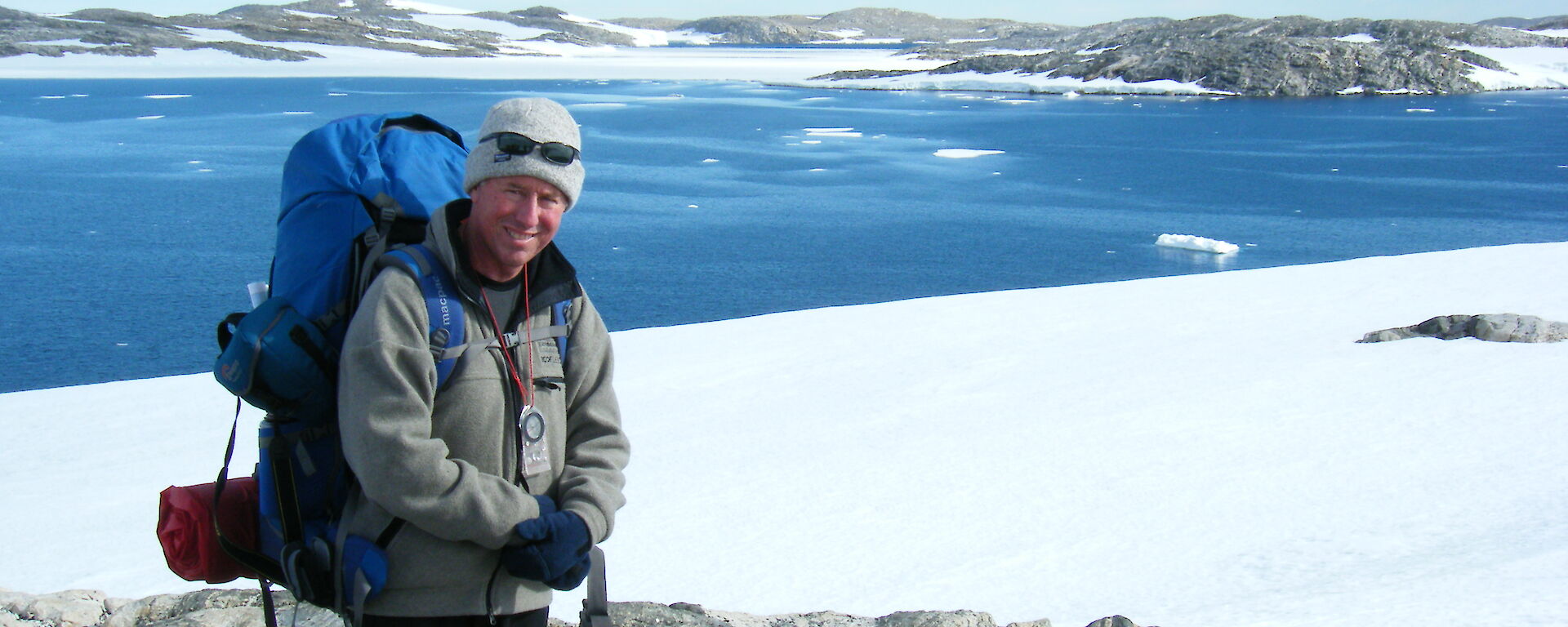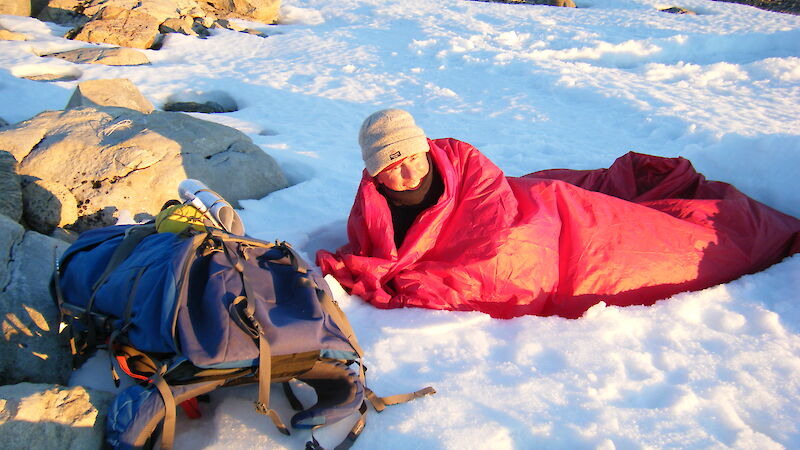11 June 2009
Who is the Australian Antarctic Division’s new Chief Scientist, John Gunn, and what are his hopes and ambitions for the Antarctic science program?
What circumstances brought you to the Antarctic Division?
Having spent 29 enjoyable years at CSIRO, the last five as a Deputy Chief of Marine and Atmospheric Research, I was ready for a new challenge. A friend and mentor summarised the Chief Scientist position as a ‘challenging but opportunity-rich role in which you could make a difference'. The opportunity to make a difference, lead a group of talented and committed scientists and be part of a new Executive team seemed too good to pass up!
What were your major career activities prior to joining the Australian Antarctic Division?
As a marine biologist I've spent a large part of my life conducting applied fisheries research on a range of species and fisheries. My interest in understanding the movements, behaviour and stock structure of highly migratory tunas and billfishes, as a way of improving the management of their (often overexploited) stocks, led to a range of rewarding research projects and collaborations around the globe.
As I grew more senior I became involved in the interface between science, resource management and development of national and international policy. It gave me a different perspective to the one I’d had in my early days at CSIRO, when the key driver was the science question. Clearly, at the Antarctic Division (and any government-funded research agency) one needs to nurture both excellence in asking and answering the right science questions, and the ability to engage with policy-makers and environmental managers, to understand and meet their needs. As both a scientist and a science leader I learned that it is possible to meet user demands and needs and continue to achieve scientific excellence.
Which of your skills will benefit the Antarctic Division and what do you hope to achieve as Chief Scientist?
While at CSIRO I had the good fortune to work within and lead a number of world-leading multidisciplinary science teams. This taught me the benefit of scaling up science and involving people from outside the direct disciplinary areas, to tackle the big issues. I hope this experience will help the Science Branch as we seek to provide support for evidence-based decisions on the big policy and environmental issues for government, such as reduction of and adaptation to climate change impacts, environmental protection and guidelines for Antarctica, and sustainable resource use.
I’d like to be able to play a significant role in guiding and supporting Australian science in Antarctica, ensure we continue to be relevant to Australia’s needs, and build a group of young scientists willing and capable of leading Antarctic Division science into the future.
Are there any aspects of the job that you are most looking forward to?
As a marine biologist/fisheries scientist, getting to know more about the challenges of the Commission for the Conservation of Antarctic Marine Living Resources — supporting sustainable fisheries in an area of such immense conservation value as the Southern Ocean, is fascinating. However, I also enjoy learning about science areas that are new to me. Thus, developing a better understanding of our research on various components of the ‘ice system', the unique atmospheric physics of the polar region, and the terrestrial systems of the continent and sub-Antarctic islands, are my brain food for the next few years.
What are your first impressions of the Australian Antarctic Division?
There is no doubt that the Executive has much to do in setting the Division’s future directions and getting sign on for these from government. We have spread ourselves thinly with a static resource base, and found it increasingly difficult to do all things to the standard we think necessary. However, the new Executive is well equipped to tackle these challenges. I have enjoyed developing a relationship with this team, and think we have strong and complementary capabilities, and a shared commitment to seeing the job done effectively.
Describe your first trip to Antarctica?
I was lucky enough to spend my second week on the job down on the ice, based at Casey. Jumping on a jet and arriving at Wilkins ice aerodrome four hours later; Casey a few hours after that; and beginning work in Antarctica after lunch, was quite surreal. The sense of space — the ‘big sky’ feel — and wilderness, is never captured in photos. Away from the station the sense of quiet (when the wind wasn’t blowing) was also quite fantastic. Lyn Maddock (Antarctic Division Director), Graham Cook (the Casey Station Leader) and I spent a night at Jack’s Donga; a small hut 45 minutes Hägglunds drive away from Casey. In the morning we woke to snow on the ground, visibility of a few feet and zero wind. It was as if someone had put a thick white blanket over us, shielding all sound and sight.
The week at Casey included a wide range of activities: survival training; learning about the facilities and how the station runs; assisting with some of the re-supply work, such as washing Antarctic soil and ice off shipping containers before they were returned to Hobart (voted second worst job after sewage maintenance); keeping icebergs clear of the fuel line while fuel was pumped on-shore from the supply vessel; and spending some time out on the water with some of the Human Impacts research team. We were there during the largest resupply ever and this dominated the time of just about everyone on station and the crew on board the Amderma. Everyone was working to a roster that ran around the clock, without complaining and often volunteering for extra work. This level of commitment and teamwork seemed to be the way of the station, and as an outsider it was impressive to see and participate in.
The wonderful history of the Australian National Antarctic Research Expeditions/Expeditioners provides everyone who goes to Antarctica with a strong base and rich context for being there. The new phenomenon of the fly-in expeditioner is clearly a departure from the tradition of sea voyages and extended stays. However, I’d hope that the sense of being part of the Antarctic Division community — mucking in whenever necessary — and commitment to the bigger goals of the organisation, guide all expeditioners, regardless of how long they might be there.



